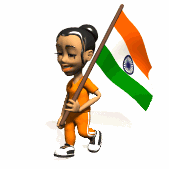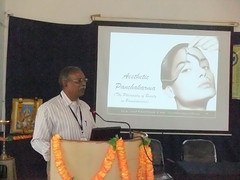It is to inform you that the Department of Samhita, Samskruta & Siddhanta of SDM College of Ayurveda and Hospital, Hassan is arranging a National workshop – “Charaka Shruti Prakasha” on 27th, 28th & 29th July 2012 with the following themes.
- To appreciate methodology of Charaka Samhita
- Conceptual and clinical cognition of Chikitsa Sutra
- To interpret cross references of Chikitsa Siddhanta
- Comprehend linguistics for Samhita Adhyayana
SDM cordially invite you to be an integral part of this workshop and motivate the Postgraduate scholars of Samskruta, Samhita & Siddhanta and teachers of your institution. Please find the Registration Form – Samhita siddhanta seminar inaugurated on 27th July and continued for 3 days up to 29th July 2012. Contact – Dr Mallika KJ on charakashrutiprakasha@gmail.com / drmallikakj@gmail.com – look for more in brochure. Contact Numbers: Ph: +91-9916687977, +91-9980375322, +91 8172-256461, 63































